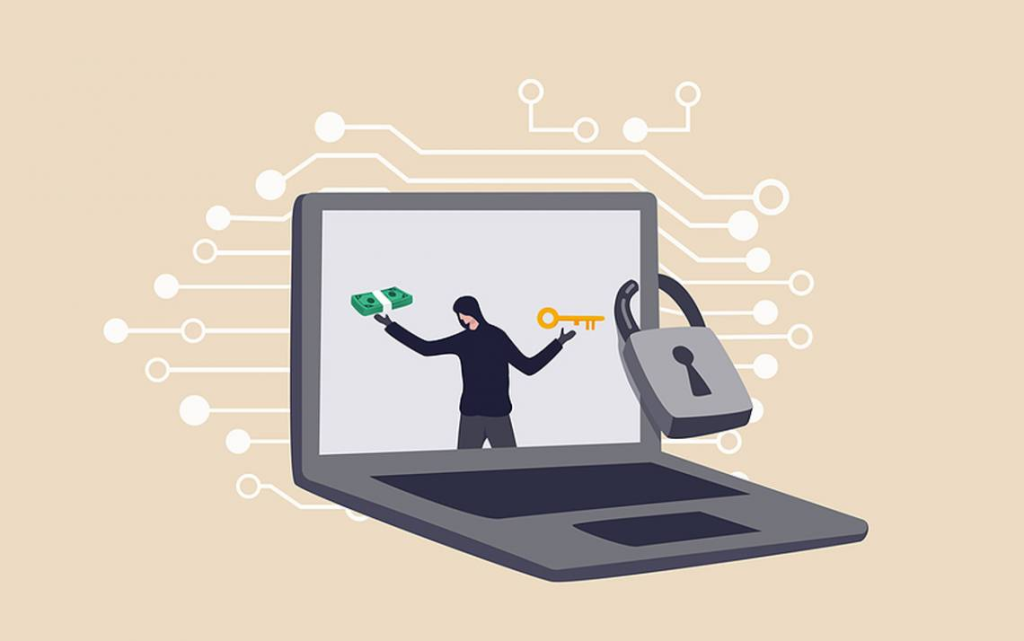Virtual security, also referred to as cybersecurity or data security, identifies the measures and practices put in position to protect virtual assets, information, and techniques from unauthorized entry, breaches, and internet threats in electronic environments. In today’s interconnected earth, where corporations count seriously on electronic technologies and cloud computing, electronic security plays a crucial role in safeguarding sensitive and painful information and ensuring the integrity, confidentiality, and accessibility to data.
One of the major issues of electronic safety is defending against unauthorized usage of virtual resources and systems. This implies implementing sturdy authorization mechanisms, such as accounts, multi-factor validation, and biometric authorization, to confirm the personality of people and reduce unauthorized individuals from opening sensitive data and resources.
Moreover, electronic protection encompasses steps to guard against malware, infections, and other harmful application that can bargain the security of electronic environments. This includes deploying antivirus application, firewalls, intrusion recognition methods, and endpoint security solutions to detect and mitigate threats in real-time and reduce them from scattering across networks.
Yet another essential aspect of virtual security is acquiring data both at sleep and in transit. This requires encrypting data to make it unreadable to unauthorized people, thus defending it from interception and eavesdropping. Encryption assures that even when knowledge is intercepted, it stays protected and confidential, lowering the risk of data breaches and unauthorized access.
Moreover, virtual security involves implementing access regulates and permissions to limit individual rights and limit access to sensitive knowledge and methods only to certified individuals. Role-based access get a handle on (RBAC) and least benefit rules are typically used to ensure customers have entry and then the assets required for their tasks and responsibilities, lowering the chance of insider threats and information breaches.
Electronic safety also encompasses monitoring and recording actions within virtual environments to discover dubious behavior and possible safety incidents. Security data and event administration (SIEM) solutions obtain and analyze logs from numerous options to recognize safety threats and react to them immediately, reducing the affect of safety incidents and avoiding data loss.
Moreover, virtual safety requires regular security assessments and audits to evaluate the potency of present protection regulates and recognize vulnerabilities and disadvantages in electronic environments. By doing proactive assessments, organizations can recognize and handle security spaces before they may be exploited by internet enemies, increasing overall security posture.
Additionally, electronic safety requires constant knowledge and training for workers to raise recognition about cybersecurity best practices and make certain that customers understand their tasks and responsibilities in maintaining security. Safety consciousness instruction programs help employees virtual security identify potential threats, such as for example phishing scams and social engineering problems, and take ideal measures to mitigate risks.

In conclusion, virtual protection is essential for guarding organizations’ electronic assets, knowledge, and programs from cyber threats and ensuring the confidentiality, integrity, and availability of information in digital environments. By applying sturdy protection steps, including entry regulates, encryption, monitoring, and user teaching, organizations can enhance their defenses against cyber episodes and mitigate the dangers connected with running in today’s interconnected world.
